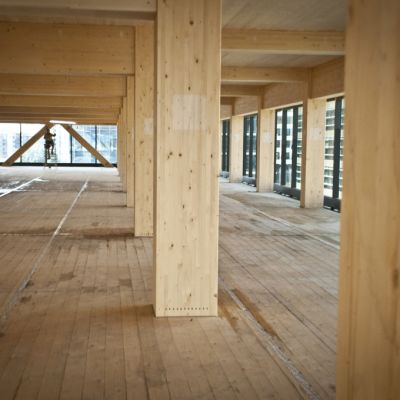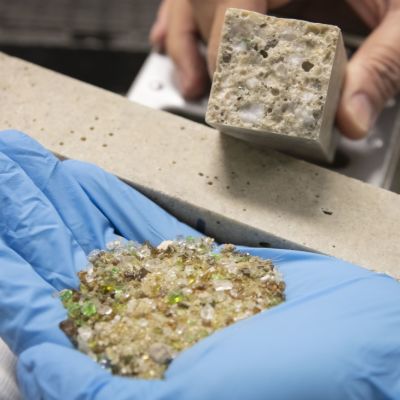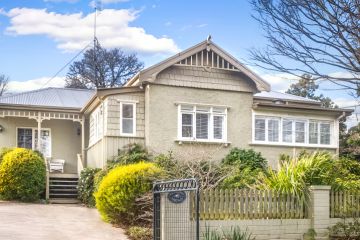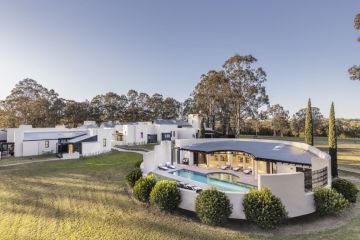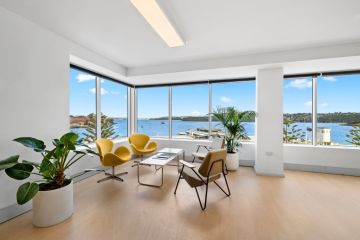Sustainable building materials: This house in Eton, outside London, is built from cork
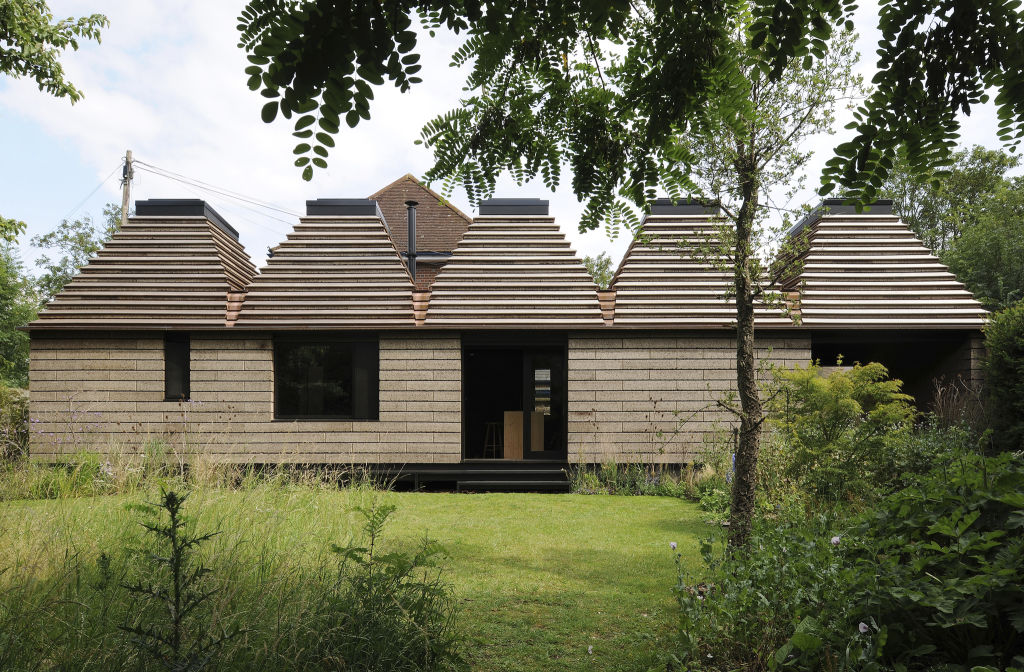
This house is a real corker.
The striking home outside London is built almost entirely from cork, with solid cork walls and a cork roof.
Although the unusual material is more commonly used to seal wine bottles, it makes a super-sustainable building material.
Made with prefabricated cork blocks and engineered timber, the house is carbon negative and can even be recycled at the end of its life.
The cork blocks were made from by-product and waste from cork stoppers and cork forestry.
“It’s a real cradle to cradle material, just going back into the soil when it’s finished,” architect Matthew Barnett Howland told the Financial Times.
But as for price, he says it “wasn’t cheap”. He and the other designers Dido Milne and Oliver Wilton won grants and the help of academic partners to assist with the experiment.
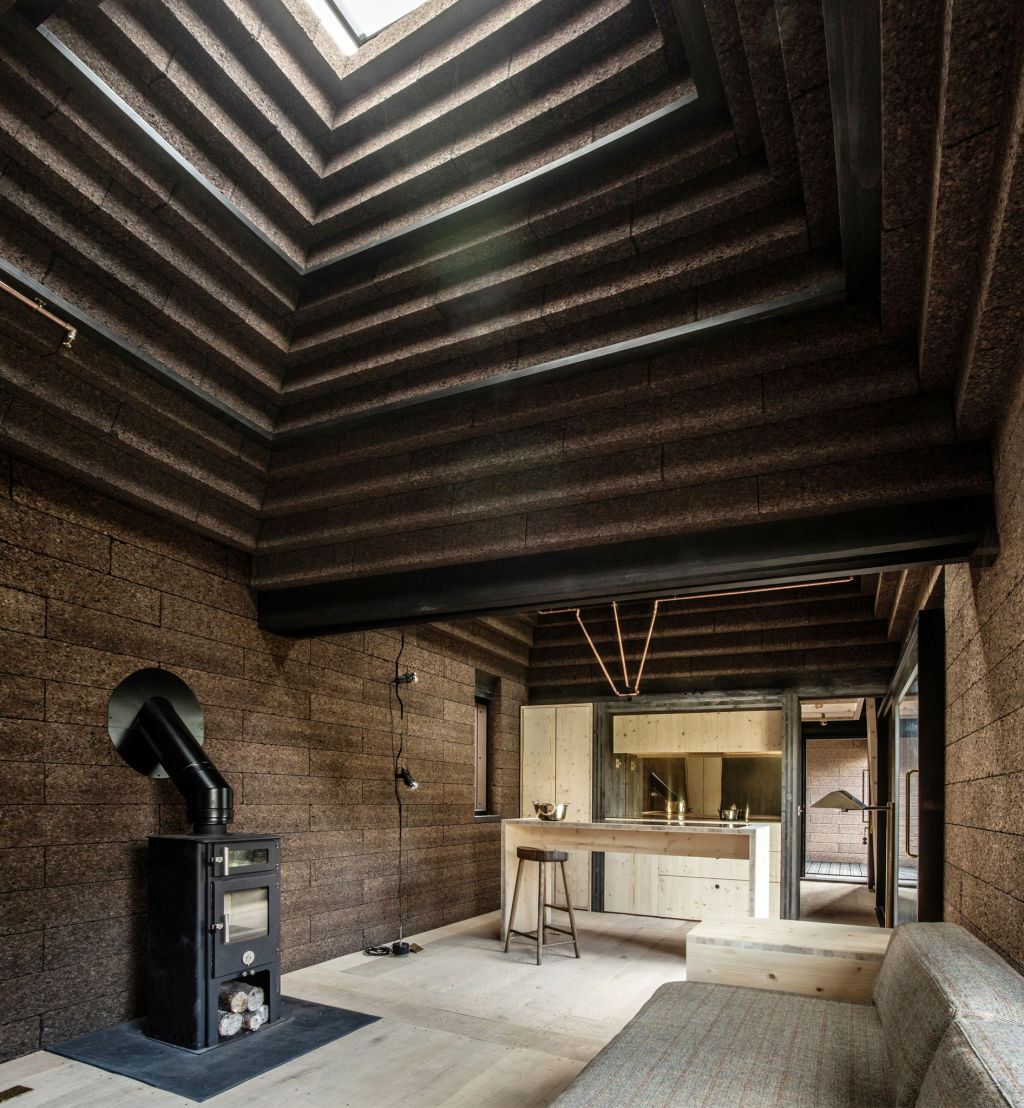
It’s now in the running for a prestigious award for the UK’s best new building, the Royal Institute of British Architects’ Stirling Prize.
As for construction? Granules of cork were compressed and heated to make the building blocks, which were cut using 3D milling so the blocks interlocked without cement or glue, Reuters reported. The walls and roof were then assembled by hand and can be disassembled in future.
Five pyramids top the 44 square-metre residence on an island in the Thames at Eton, with skylights letting in warmth in winter and opening to the elements in summer.
It includes a kitchen and living room, with bedrooms and bathroom, and a sliding door that opens to the garden.
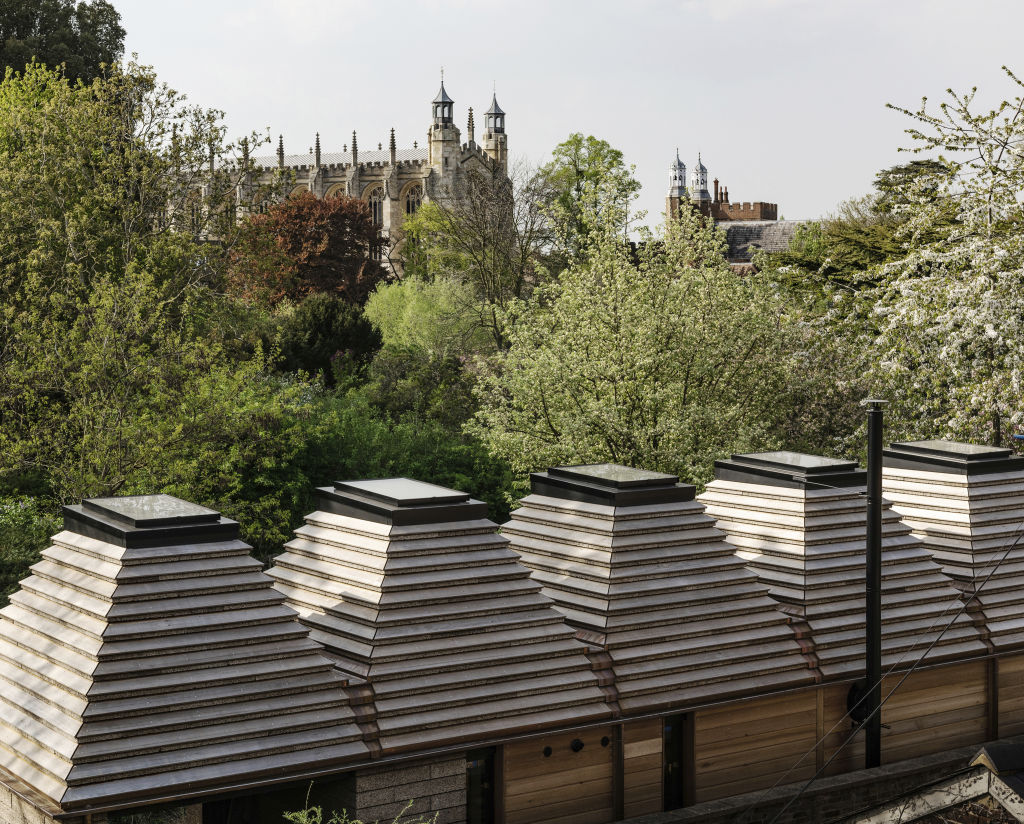
Cork has more often been used for more modest elements of a home such as floor tiles or ceilings.
But some tiny homes have earlier been built out of cork, with Japanese retail company Muji creating a “Hut of Cork” with a living room that converts to a bedroom.
Other creative and sustainable building materials in the spotlight recently include cross-laminated timber or concrete made from crushed and worn-out tyres.
States
Capital Cities
Capital Cities - Rentals
Popular Areas
Allhomes
More
